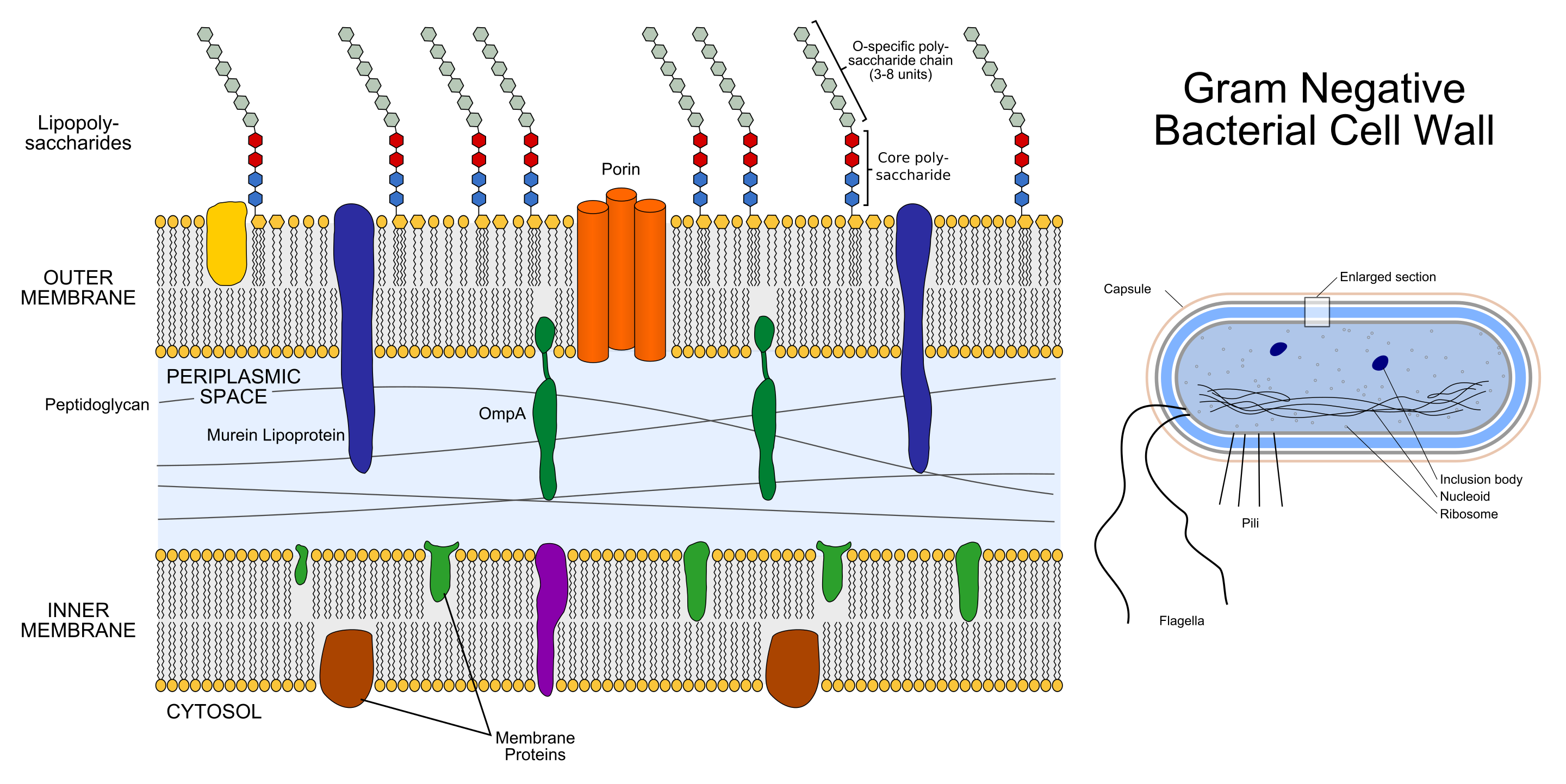Tag: infectious disease
-
Book Review: Twelve Diseases That Changed Our World
Modern society is far removed from the reality of death. That was not the case for the vast majority of human history, when parents would produce multiple offspring in the hope that a few might survive to adulthood. Well into the 20th century, infectious diseases cut lives tragically short, often in gruesome ways, radically transforming…
-
Mother Nature as a Geopolitical Force
History is biased, and not just because the victors tend to write it. The study of history is largely the study of humankind – specifically, the geopolitical events that have shaped human actions (and vice versa) over millennia. It’s true that to learn from the past, we must study ourselves. But what if we’re missing…
-
Pathogen Jumped from Humans to Rabbits in 1976
We should always remember that as humans continue to expand our footprint around the globe, we may be only one mutation away from being infected with a strange and dangerous new pathogen.
-
Weird Diseases People Acquired from Animals
While our fluffy furballs are cute, always remember that they often possess noxious microbes.
-
H7N9: The Next Influenza Pandemic?
Where did this new H7N9 strain come from? Genetic analyses suggest that four different avian influenza viruses swapped genes in a process known as “reassortment.”
-

My PhD dissertation: The intersection of bacterial pathogenesis and immunology
My research shed light on how bacteria can manipulate our immune system, and it has potential applications in vaccine development.